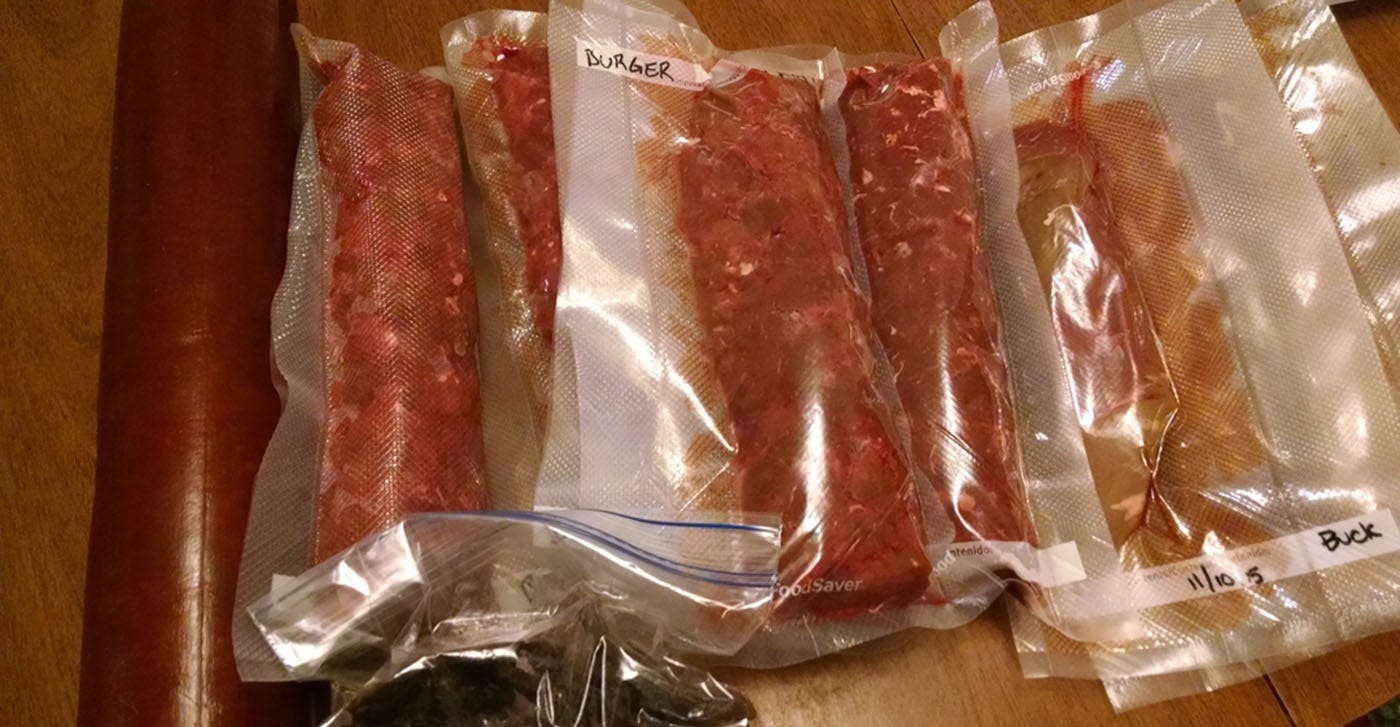![Raw venison should be properly chilled for food safety. [SPECIAL TO THE NEWS BULLETIN]](http://127.0.0.1/wordpress/wp-content/uploads/2022/01/ghows-DA-62fb9c20-3446-0f1f-e053-0100007fd1dd-aedc1a54.jpeg)
When hunting, food safety begins in the field. The goal is to have safe meat for you and your family to eat.
Here are a few ways to keep your food safe:
1. Shot placement. That’s right, food safety begins with an accurate shot. Your goal should be to prevent the contents of the digestive tract from touching the meat. A gut shot can quickly ruin meat and make cleaning the animal harder.
2. The quicker you get the meat chilled, the better. Improper temperature is meat’s number one enemy. The recommended storage temperature to prevent bacterial growth is 35-40 degrees Fahrenheit.
3. Handle the knife with one hand and the carcass with the other. The hide can harbor dirt and pathogens, so care should be taken to prevent contamination of the meat.
4. Have vinegar water and chlorine water on hand. Vinegar water (50/50) can be sprayed on areas where hair or hide touch the meat. Rinse hands and tools periodically in a bucket of sanitizing solution of 1 tablespoon of chlorine per gallon of water.
5. Think food safety through the whole process. Prevent cross contamination by keeping anything from contacting the meat unless it has been sterilized. Keep the digestive tract intact and prevent the contents of it from contacting the meat. Chill the meat as quickly as possible. When further processing, continue to use sterile surfaces and tools.
Many hunters age deer meat to increase tenderness and improve flavor. This is safe if done properly.
There are two ways to safely age meat. Dry aging in a walk-in cooler or refrigerator is the best, but not feasible for all hunters. The walk-in cooler or refrigerator must be clean and have good air circulation and proper temperature control (34-38 degrees).
The meat can be aged for seven to 21 days, depending on the amount of moisture in the cooler. Too much moisture can increase microbial growth on the meat, which should be cut away before further processing. There will also be a layer of dry meat that will need to be cut away.
An ice chest can also be safely used to age meat. First, fill the clean ice chest with ice and water. Add meat immediately to ice water and soak for 12-24 hours. This will quickly cool the meat to the proper temperature. Then drain the water out of the cooler and add more ice. Keep cooler drained of water and full of ice for five to seven days. There may be freezer burn on the outside of the meat that can be cut away before further processing.
Remember food safety when further processing and storing. Wild game food safety begins in the field and ends with consumption.
Visit these websites for more information about the safe handling of venison:
•http://www.noble.org/ag/wildlife/propercareofvenison/
•http://www.clemson.edu/extension/hgic/food/food_safety/handling/hgic3516.html
Jennifer Bearden is an agent at the University of Florida's Institute of Food and Agricultural Sciences Extension office in Crestview.


This article originally appeared on Crestview News Bulletin: 5 tips for wild game food safety
